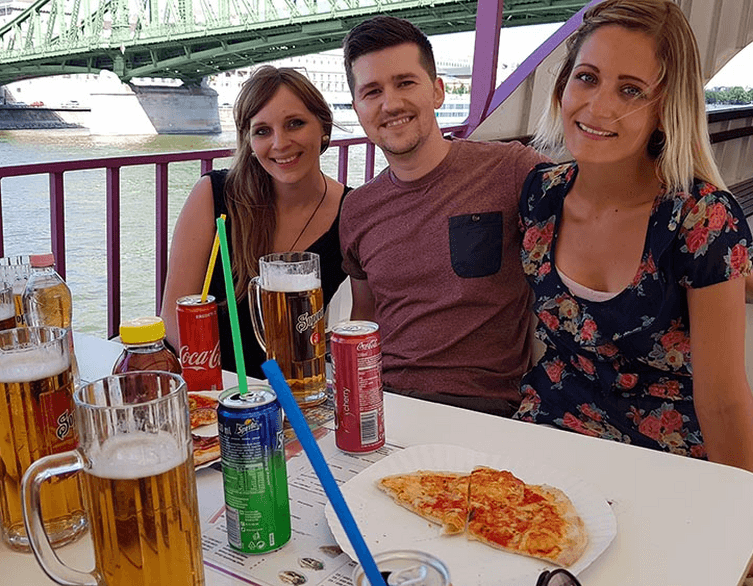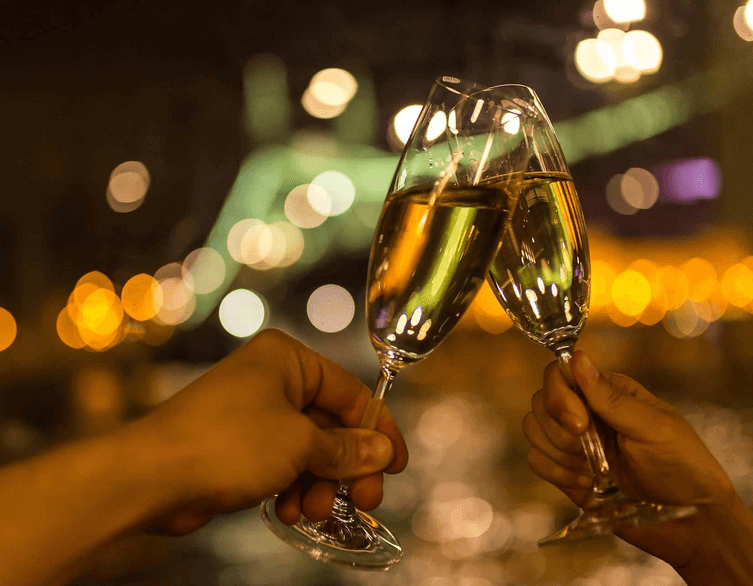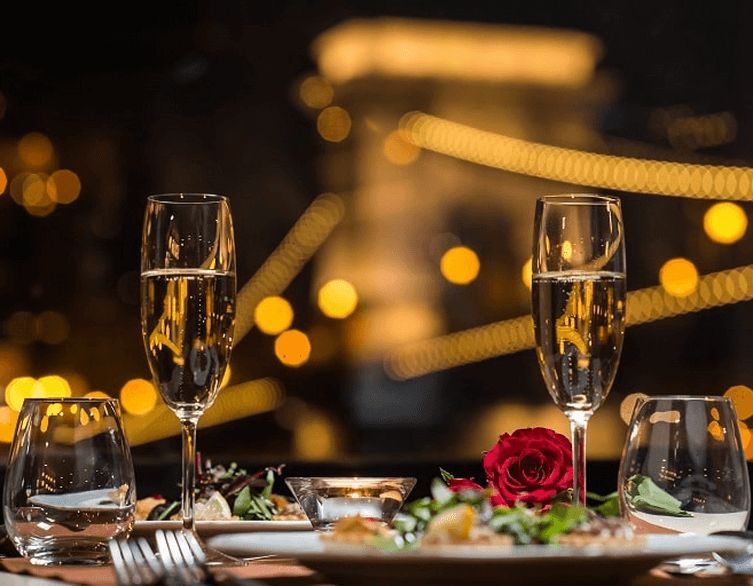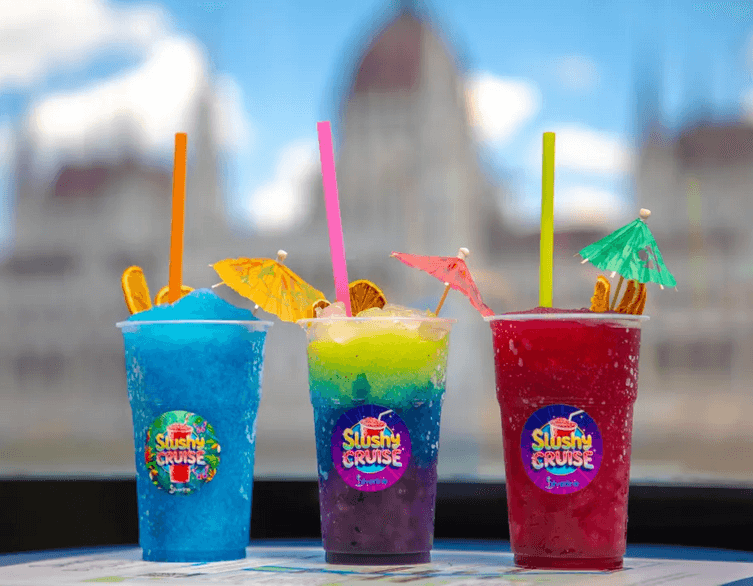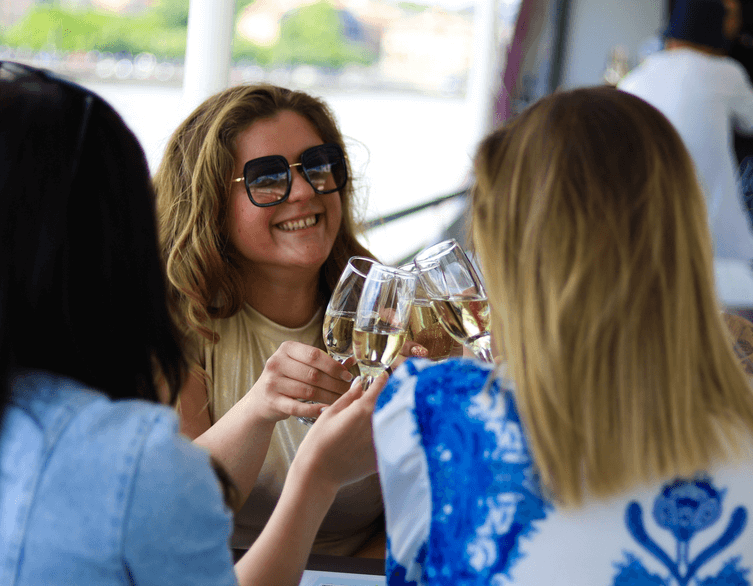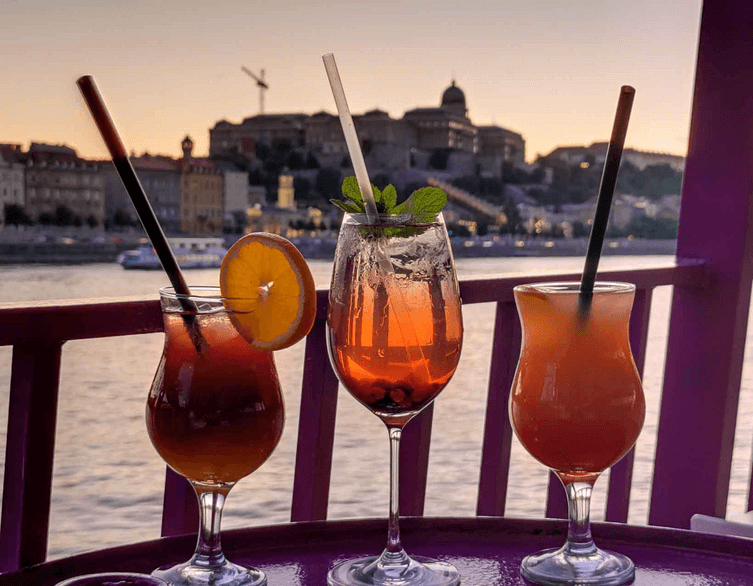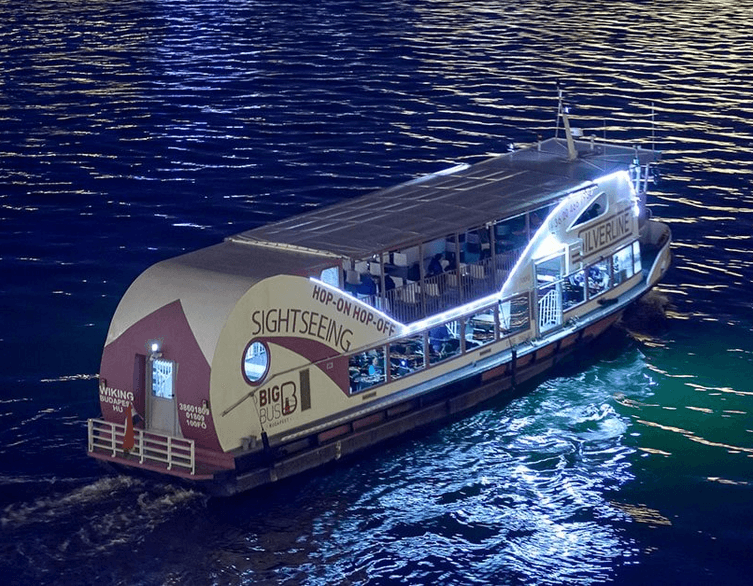How Neon Light Could Transform the Grand Boulevard’s Face: The Strategy You Need to See
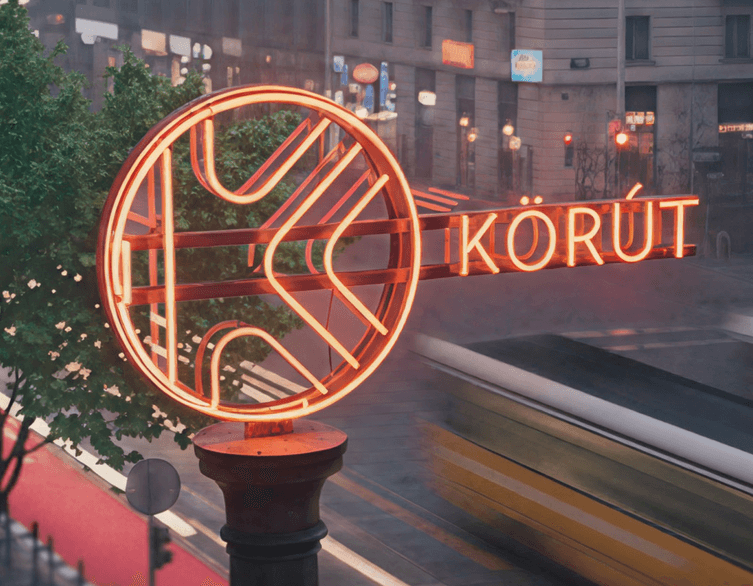
Budapest’s Grand Boulevard pulses as the city’s artery, an iconic route that has weathered countless transformations over the past century. The classic yellow trams, the eclectic facades of apartment buildings—these elements paint a familiar, beloved cityscape. Yet one element has almost completely vanished since the fall of communism, despite forever embedding itself in collective memory: neon light.
Now a turning point approaches. A fresh design plan elevates precisely this nostalgic, vibrant element into its central concept, creating the vision of a “Neon-Lit Boulevard.” This design decision transcends mere aesthetics—it’s a strategic move that could revolutionize the stretch from Boráros Square to Jászai Mari Square from touristic, economic, and cultural heritage perspectives.
Neon as Identity: More Than Just a Light Source
Why exactly neon? The brandbook containing the Grand Boulevard’s new design plan states it clearly: neon isn’t simply a light source. It’s an identity, a time-evoking and inimitable urban atmosphere. The classic Boulevard’s image remains inseparable from the vibration of curved neon tubes, which particularly characterized 1950s, 60s, and 70s Budapest. Although most illuminated signs disappeared after the regime change, the desire for their return—as the concept mentions—remains strong among city residents.
The plan aims to revive this cultural heritage in a modern, clean form. Experts suggest this aesthetic doesn’t just evoke the past but can be reinterpreted as a future-shaping urban experience connecting nostalgia with contemporary design. This matters because Budapest’s Grand Boulevard represents something deeper than infrastructure—it embodies a dream, a vision, the very idea of metropolitanism where everything swims in light even at night, where cinemas, theaters, and restaurants alternate in endless succession, where constant buzzing and coming-and-going creates perpetual energy.
The yellow trams rumble up and down around the clock, and the facades, even when worn, radiate a golden age atmosphere. Here you always bump into an acquaintance, and from gradient cotton yarn to beekeeping equipment to craft beers, faucets, and the latest Krasznahorkai novel, you can acquire everything. The Grand Boulevard isn’t a terrible place, but it hurts seeing how much better it could be. Its old luster has faded—today it’s more an echo of a dream than an inviting public space where people want to spend considerable time.
Best deals of Budapest
The K-Logo That Loads Up the New Identity
The most important visual element of the design plans is a new Boulevard logo forming the letter K. This logo deliberately evokes neon tube aesthetics through curved, clean-lined, tube-like forms created by designers Galambos Gergő and Vereczkei Döme. This element guarantees a timeless appearance in both digital and physical spaces.
The designers emphasize they built the neon aesthetic from the duality of nostalgia and minimalism. The K-logo application carries strategic significance—it would appear on urban directional signs, installations, and as a visual marker helping with orientation across the Grand Boulevard’s subsections. This visual unity creation would allow the Grand Boulevard from Boráros Square to Jászai Mari Square to appear as a cohesive, unified brand on the city map.
The logo’s curved lines can suggest multiple interpretations: the straight line of the embankments, the paths of Üllői Road and Bajcsy-Zsilinszky leading out from the city, and the arc of the Small and Grand Boulevards. It also conveys the message that the Boulevard represents more than a single route—it’s a meeting point of converging streets and connected squares, organically linking to its surroundings as part of a larger whole. As a bold gesture, it doesn’t treat the Boulevard as an autonomous entity but considers it a broader urban spine.
Different district sections of the Grand Boulevard could receive unique colors synchronized with their respective district coat of arms colors, while the main logo’s lines adopt the shape of the district’s initial letter. This sophisticated approach to wayfinding transforms navigation into an experience itself.
Economy-Boosting Lights: How the City Profits from the Neon Program
The neon-lit concept extends far beyond pretty signs. The proposal includes a so-called Boulevard Neon Program that would encourage renovating old neons and installing new, high-quality signs. This program isn’t merely aesthetic but strongly economic and touristic in nature. According to the brandbook, the neon logo and illuminated route offers serious strategic advantages for the capital at multiple points.
The tourist appeal creates something special—a “neon-lit route” generates a unique, postable experience. Photos of illuminated storefronts instantly attract visitors on social media. Unique light installations could function as the city’s new tourist attractions, giving Budapest something distinctive that few European cities currently offer. Unlike generic holiday lights that appear everywhere, strategically designed neon creates year-round visual interest that becomes synonymous with Budapest’s identity.
The nighttime city experience activates evening traffic, increasing the sense of safety while extending visitors’ time spent in the area. Well-lit streets feel safer and more welcoming after dark, encouraging people to linger at cafes, browse shops, or simply stroll along the Boulevard rather than rushing home. This extended activity period benefits businesses while creating the vibrant atmosphere that makes cities feel truly alive.
Economic stimulation follows naturally—the lights’ appeal brings more visitors to restaurants, shops, and cultural institutions. The multiplier effect becomes significant when people choose to spend entire evenings in the area rather than just passing through. The neon logo and identity create an easily recognizable, distinguishing element in Budapest’s image, helping differentiate the Boulevard from other city parts while building brand value that tourism boards can leverage internationally.
This strategy clearly focuses on creating a postable city where visual experience generates direct economic benefit. The concept recognizes that in the Instagram age, memorable aesthetics aren’t superficial but fundamental to urban competitiveness.
The Path to Implementation: Will the Glory Days Return?
As articles acknowledge, a long road stretches between presenting ambitious plans and actual realization. Currently, no timeline exists for when the Boulevard Neon Program might launch or from which sources it could be funded. Such a substantial identity transformation requires serious coordination among the Capital, BKK (Budapest Transport Center), and affected districts.
The ongoing project framework aims to increase green space areas, create more protected bicycle lanes, establish unified water-permeable pavement on sidewalk surfaces, and add more crosswalks and accessible crossing points at key nodes along the Grand Boulevard’s section from Nyugati Square to Mester Street. However, the Grand Boulevard’s planned renewal extends beyond public space development. The Capital City Government’s goal envisions creating a vibrant boulevard filled with services and shops attractive to both residents and visitors, through renovating shop portals and facades and organizing cultural and community programs.
The concept clearly demonstrates that city leadership recognizes cultural heritage’s economic and identity-forming power. With this plan, Budapest would elevate a unique, nostalgic element back into public consciousness that can simultaneously address both locals familiar with the past and international tourists seeking postable experiences. The design plan emerged victorious from among sixteen valid entries after considerable debate by the professional jury, which included architects, urban planners, cultural managers, and design experts.
The project receives partial support through European Union funding under project number TOP_PLUSZ-4.1.2-23-BP1-2024-00001, with Hungarian State co-financing, totaling 4.5 billion forints in non-refundable support. BKK has concluded and activated the design contract related to the Grand Boulevard’s renewal, with costs pre-financed by the Capital City Government from EU sources.
If the neon-lit vision materializes, the Boulevard’s design renewal wouldn’t just undergo a facelift but would gain a new, visually unified and attractive identity guaranteeing sustainable tourist appeal for the future. The best submitted works from the open competition can be viewed by anyone until year’s end at an exhibition in Rákóczi Square Market Hall, allowing the public to engage with different visions for their city’s future.
Prepare yourself—Budapest’s nights may soon glow again in neon’s soft, curved light, transforming the Grand Boulevard into not just a thoroughfare but a destination, where the past’s glamour meets the future’s possibilities in an arc of colorful luminescence.
Related news



